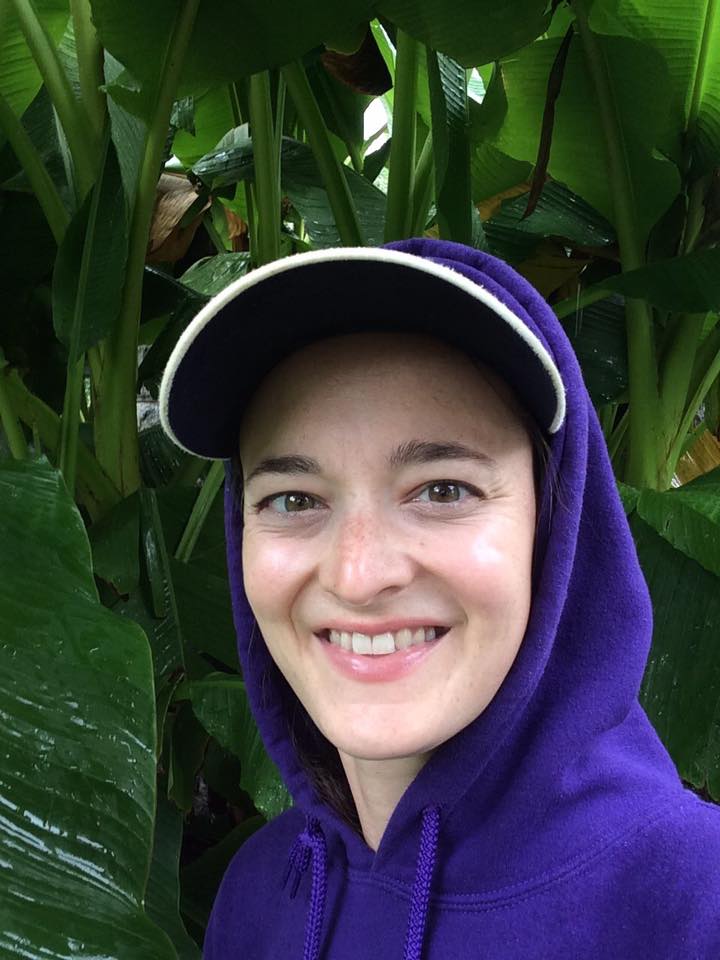Test One
- Test one demonstrates my work toward being able to describe the nature of fluids and their properties as well as computing the pressures and the forces in them. It also demonstrates my efforts toward being able to discuss buoyancy and determine object stability while floating in a fluid. The problems in this test include determining the pressure difference in a manometer with multiple fluids, calculating the force and center of pressure location on a submerged, tilted platform, and finding the maximum weight and stability of a floating platform.
- My test was not perfect. In the first problem (manometer), I miscalculated my final pressure because I forgot I was converting distances from inches into feet rather than specific weights. As a result, I divided by 1728 inches cubed rather than simply 12 inches. This actually caused me to have a result that I should have subtracted from my original pressure. [I used pressure A minus 6.868 equals 73.13. The correct answer was actually 6.8.] I am also still learning how to write up my procedures, calculations, and conclusions in the proper format. My second problem was correct. I used slightly different rounding than the solution set, but the angle and distances for center of pressure were correct. I originally thought these problems were more difficult, but as I was writing and calculating this one, I found I was much more confident. Finally, my answer on the last problem was not fully correct. I did find that the platform was stable, but my maximum weight answer was incorrect. It seems my submersion height was incorrect and I used 50 feet rather than 40 feet in one of my calculations. I also did not calculate it if it is submerged up to the surface of the platform (8 feet). This is where my numbers did not come out to the total maximum weight.
- Purpose: 10 points – each purpose is stated and is clear. Drawings and Diagrams: 10 points – I made a concerted effort to make these clear, including color on the first one. Sources: 6? – I used the book as a source, but didn’t use others. Design Considerations: 10. Data and Variables: 7 – I don’t know that all of my assumptions were perfect and I know I didn’t specify all variables in the correct section. I am still attempting to absorb this method of write-up. Procedure: 7 – The procedures are explained clearly, but I do include formulas and they are not a single paragraph. Calculations: 7 – I showed all my calculations and included units, but not all answers are correct. Summary: 10 – I concisely explained the results and gave a brief reasoning for them. Materials: 9 – all materials were included, but they were not all in a consistent location in my write-ups. Analysis: 10 – I described what happened and why and included other considerations for such problems. Based on the numbers – this is an 86; based on the percentages on the rubric – it’s an 82.5.
- What I have learned
- Through this unit, I have learned how to use data such as height and starting pressure as well as specific weight and specific gravity to find other pressures within the system. I have also learned how to calculate and locate pressures on objects floating and submerged and how to determine stability using buoyancy principles. I am also still learning how to write up procedures and findings in a way that is conducive to the engineering profession.
- The concepts of proper writing help streamline the communication process. If the procedures of writing up calculations and findings is similar across the profession, it becomes easier for engineers to communicate with one another and with others outside the profession. Each of the topics covered by this test are directly applicable to many areas of engineering, especially in Virginia. Being a coastal state makes such topics as buoyancy especially important. Also, determining pressures inside piping systems is extremely important when choosing piping and locations of piping for buildings.
- I am hoping to either be involved in the design of buildings or bridges and roads – the manometer problem is directly applied to design of systems in buildings and the submerged platform and buoyancy problems can both be applied to similar scenarios for bridges and roads.
- Yes, even if I do not end up using this information specifically for the job I find, knowing it will help me to understand other parts of projects that I am a part of on the job.
- If I could get a job with VDOT and help design or update roads and bridges, I will need to know how currents and still water place pressure on bridge supports and even roadsides. I will need to determine the best places for drainage to reduce pressure.
- I have not had a chance to apply this to anything outside the course yet, but we are already using these principles in our class project.
- I think the submerged, tilted platform problem was my best work. It was gratifying to realize it had clicked in my mind and I fully understood it. This is especially true because I started the problem feeling a little apprehensive about being able to solve it well.
- I have a background in Earth Science and hope to take some of the Civil Engineering classes along with the MET classes that will help me mesh all of this together. Becoming an engineer who can advise on the soil and fluid flow in an area is my dream job at the moment.
The following link contains the test one questions and my solutions.
